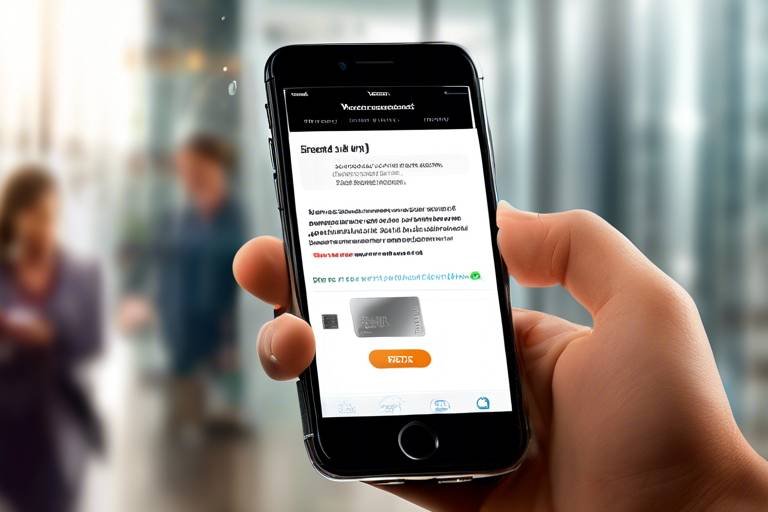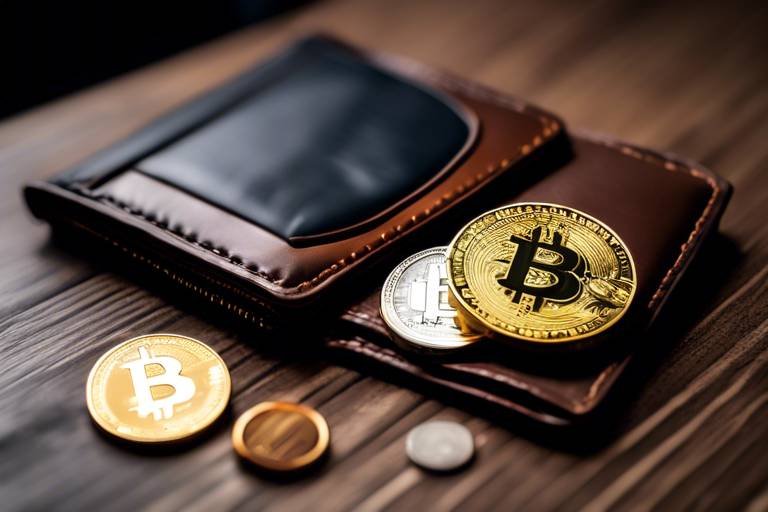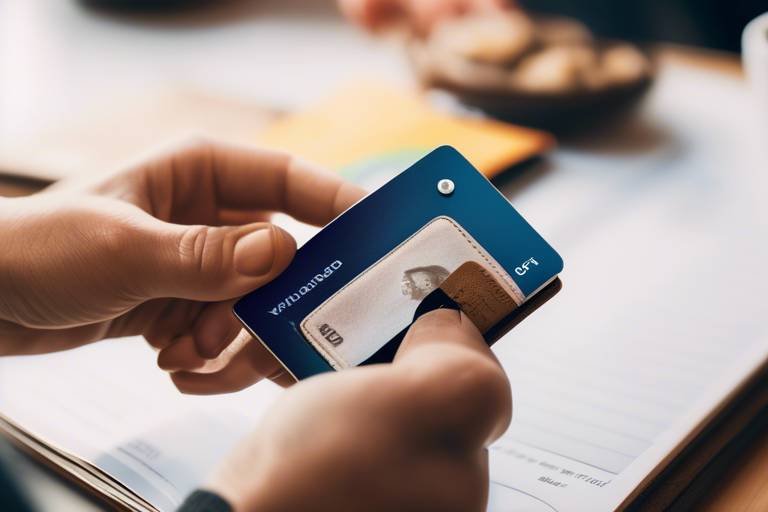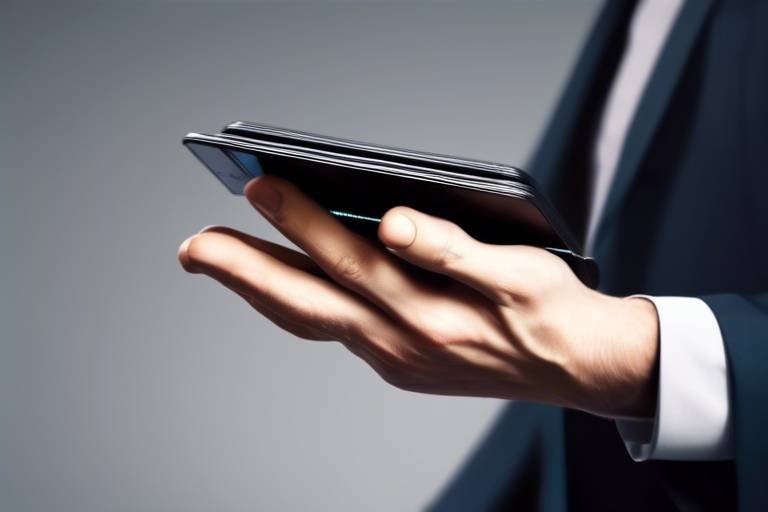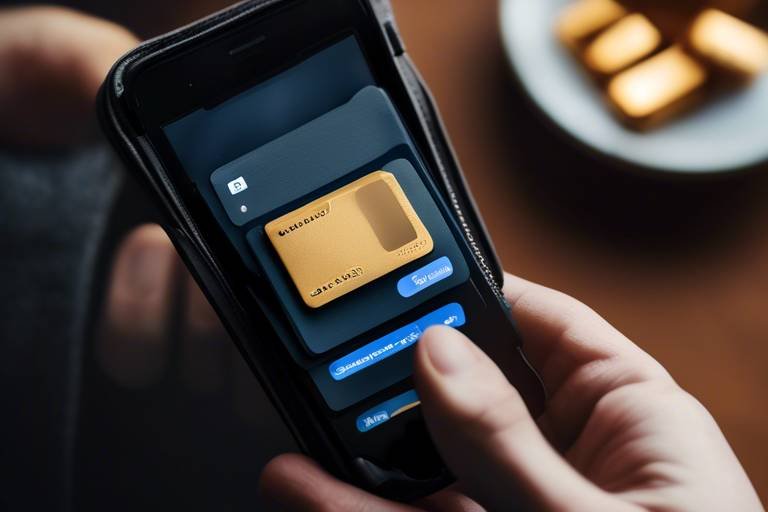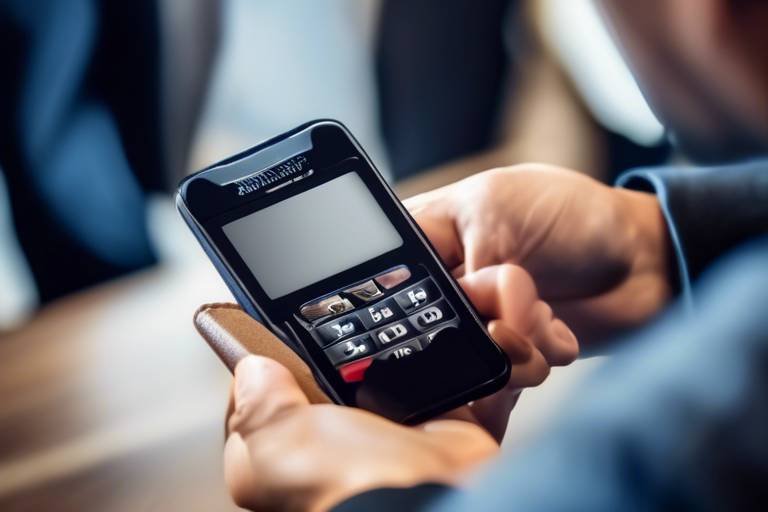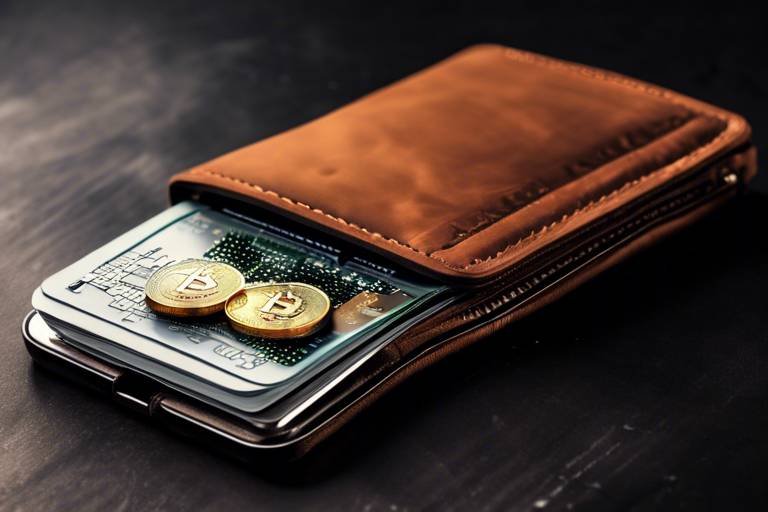Understanding Wallet Integration with Other Financial Tools
In today's fast-paced digital world, managing finances can feel like trying to juggle flaming torches while riding a unicycle. The good news? Wallet integration with various financial tools is here to help you keep those torches in the air without setting your hair on fire! By allowing users to connect their digital wallets with budgeting apps, payment processors, and investment platforms, wallet integration enhances convenience and streamlines financial operations. Imagine being able to track your spending, make payments, and even invest—all from a single platform. Sounds like a dream, right? Well, it’s becoming a reality!
Wallet integration is not just about connecting different tools; it's about creating a cohesive ecosystem that enhances the user experience. With the rise of digital payments, users are looking for ways to manage their finances efficiently and securely. When wallets are integrated with financial tools, it opens up a world of possibilities that can significantly improve financial management. But what does this really mean for everyday users? Let's dive into the importance of wallet integration and explore how it can revolutionize the way we handle our finances.
First and foremost, wallet integration enhances user convenience. Imagine you’re at the grocery store, and you want to track your spending in real-time. With an integrated budgeting app, you can see how much you’ve spent instantly, helping you stick to your budget. No more guessing games or calculator apps—just straightforward, real-time insights! Furthermore, custom alerts can notify you when you’re nearing your spending limit or if there’s an unusual transaction. This level of awareness not only improves your financial habits but also adds a layer of security to your financial dealings.
Moreover, integration with payment processors makes transactions a breeze. Picture this: you’re out with friends, and the bill comes. Instead of fumbling with cash or cards, you can simply pay directly from your wallet, enhancing the overall user experience. This seamless process not only saves time but also reduces the friction often associated with financial transactions. In a world where time is money, every second counts!
In summary, wallet integration with financial tools is not just a trend; it’s becoming a necessity in our digital economy. It enhances user convenience, provides real-time tracking, and offers security features that protect sensitive information. But like any great innovation, there are challenges to consider. Let’s explore both the benefits and the hurdles that come with wallet integration.
- What is wallet integration?
Wallet integration refers to the process of connecting digital wallets with various financial tools, such as budgeting apps and payment processors, to streamline financial transactions and management. - How does wallet integration improve security?
Integration can enhance security through features like two-factor authentication and encryption, protecting users' financial data from unauthorized access. - What are the challenges of wallet integration?
Challenges include technical compatibility issues, user privacy concerns, and the need for robust security measures to safeguard sensitive information.
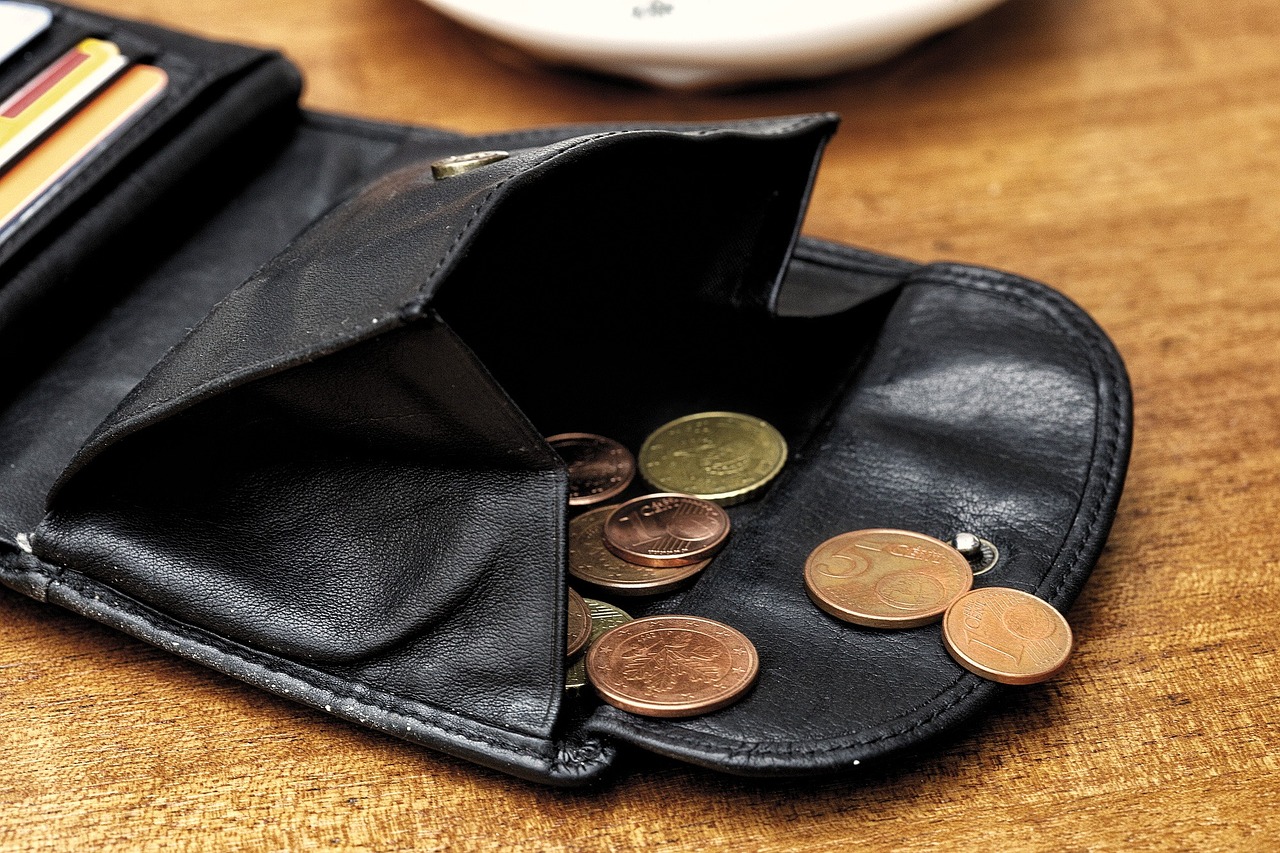
The Importance of Wallet Integration
In today's fast-paced digital economy, the significance of wallet integration cannot be overstated. Imagine a world where your financial life is seamlessly connected, allowing you to manage your money with just a few taps on your smartphone. This is not just a dream; it's a reality made possible by integrating digital wallets with various financial tools. The convenience of having all your financial transactions in one place enhances your overall experience, making it easier to track spending, manage budgets, and even invest wisely.
Wallet integration enhances user convenience by enabling seamless transactions across multiple platforms. This means that whether you're shopping online, paying bills, or transferring money to friends, everything can be done from a single digital wallet. No more juggling between different apps or websites—everything is streamlined for you!
Moreover, the accessibility of integrated wallets empowers users to take control of their finances. With real-time updates and notifications, you can stay informed about your spending habits and make adjustments as needed. It's like having a personal finance assistant in your pocket, ready to help you make smarter financial decisions.
Let's not forget about the security aspect. Integrating wallets with financial tools often comes with enhanced security features, such as two-factor authentication and encryption. This means that your sensitive financial data is better protected against potential threats. In a world where cyber threats are rampant, having robust security measures in place is more important than ever.
In summary, the importance of wallet integration lies in its ability to enhance user convenience, improve accessibility, and provide added security. As we continue to embrace digital solutions for our financial needs, integrating wallets with various financial tools will become increasingly vital. Are you ready to take your financial management to the next level?
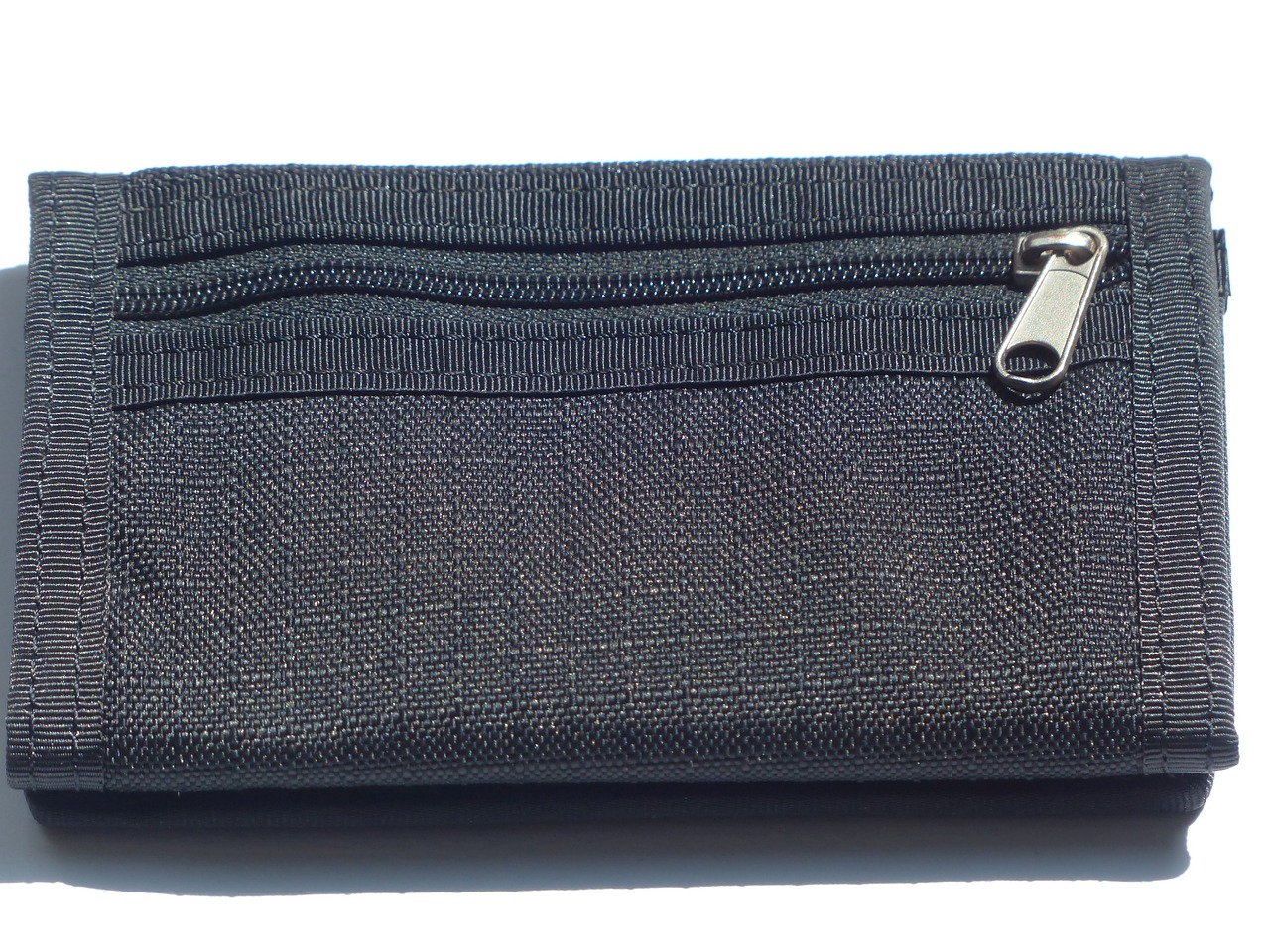
Types of Financial Tools for Integration
In the ever-evolving landscape of personal finance, the integration of digital wallets with various financial tools has become a game changer. Imagine having all your financial information at your fingertips, seamlessly connecting your spending habits, payment methods, and investment strategies. This integration is not just about convenience; it's about creating a holistic financial ecosystem where users can manage their money more effectively. The types of financial tools that can be integrated with digital wallets are diverse, each serving a unique purpose in enhancing user experience.
First off, let's talk about budgeting apps. These tools are designed to help users track their income and expenses, providing insights into their spending patterns. When integrated with digital wallets, budgeting apps can offer real-time tracking of transactions. This means that as soon as you make a purchase, it reflects in your budget, allowing you to see how it impacts your financial goals. Imagine the peace of mind knowing exactly where your money is going at any given moment!
Another essential category is payment processors. These platforms facilitate online transactions and enable users to make payments directly from their digital wallets. The beauty of this integration lies in its simplicity; users can complete transactions in just a few clicks, without the hassle of entering card details each time. This not only speeds up the payment process but also enhances security, as sensitive information is less frequently exposed.
Furthermore, we have investment platforms. Integrating wallets with investment tools can empower users to manage their portfolios more efficiently. Imagine being able to transfer funds from your wallet to your investment account with just a tap! This integration allows for quick rebalancing of portfolios, instant contributions to retirement accounts, and the ability to seize investment opportunities as they arise. It’s like having a financial advisor in your pocket!
Moreover, there are also financial planning tools that can benefit immensely from wallet integration. These tools help users set long-term financial goals, such as saving for a home or retirement. By linking your wallet, these platforms can automatically analyze your spending habits and suggest actionable steps to reach your goals. It's akin to having a personal coach guiding you on your financial journey.
In conclusion, the types of financial tools that can be integrated with digital wallets are vast, each playing a vital role in enhancing financial management. From budgeting apps that provide real-time insights to payment processors that streamline transactions and investment platforms that enable quick fund transfers, the synergy created through integration is nothing short of revolutionary. As we continue to embrace technology in our financial lives, the potential for improved efficiency and user experience is limitless.
- What is wallet integration? Wallet integration refers to the process of connecting digital wallets with various financial tools to enhance user experience and streamline transactions.
- How does wallet integration improve budgeting? By integrating wallets with budgeting apps, users can track their spending in real-time, making it easier to stick to their budget and plan their finances.
- Are there security risks with wallet integration? While integration offers convenience, it also raises concerns about user privacy and data security. It's essential to choose platforms that prioritize security measures.
- What types of financial tools can be integrated with wallets? Common tools include budgeting apps, payment processors, investment platforms, and financial planning tools, all designed to enhance financial management.

Budgeting Apps
Integrating wallets with is a game-changer for anyone looking to take control of their finances. Imagine having all your financial data in one place, where you can track your spending, set budgets, and even save for that dream vacation. Sounds awesome, right? Well, that’s exactly what wallet integration with budgeting apps offers. By connecting your digital wallet to these applications, you can track your spending in real-time, allowing you to see exactly where your money is going as soon as you make a transaction. This feature not only helps in keeping you accountable but also provides valuable insights into your spending habits.
One of the standout features of these integrations is real-time tracking. Picture this: you just bought a coffee, and within seconds, that transaction appears in your budgeting app. This immediate feedback loop helps you stay on top of your financial goals. No more waiting for end-of-month statements or wondering where your money went. You can adjust your spending habits on the fly, making informed decisions that align with your budget.
But that's not all; many budgeting apps also offer custom alerts. These notifications can remind you when you're nearing your spending limit or alert you to any unusual transactions. This feature is like having a personal finance coach in your pocket, keeping you aware of your financial situation without overwhelming you. For example, if you set a monthly limit for dining out, the app can ping you when you’re about to hit that limit, allowing you to make adjustments before it’s too late.
Moreover, integrating wallets with budgeting apps can enhance your overall financial planning. With all your transactions categorized and analyzed, you can identify spending trends and areas where you might want to cut back. This kind of insight is invaluable for anyone looking to improve their financial health. You can also set savings goals directly within these apps, making it easier to allocate funds for that special purchase or emergency fund.
In conclusion, the integration of wallets with budgeting apps not only simplifies the process of managing your finances but also empowers you to make smarter financial decisions. It’s like having a financial advisor at your fingertips, ready to guide you through the intricate world of budgeting and spending. So, if you haven’t already, consider linking your wallet to a budgeting app and watch as your financial management transforms into a more organized and insightful experience.
- What are budgeting apps? Budgeting apps are software applications that help users track their income, expenses, and savings to manage their finances effectively.
- How does wallet integration work? Wallet integration allows users to connect their digital wallets with budgeting apps, enabling real-time tracking of transactions and better financial insights.
- Are budgeting apps secure? Most budgeting apps use encryption and other security measures to protect users' financial data. However, it's essential to choose reputable apps and enable additional security features.
- Can I set financial goals in budgeting apps? Yes, many budgeting apps allow users to set financial goals, such as saving for a vacation or paying off debt, and track their progress toward those goals.

Real-Time Tracking
Imagine being able to see every single penny you spend as soon as you make a purchase. in wallet integration makes this a reality, transforming how users manage their finances. No more waiting for end-of-month statements or trying to remember what you bought last week. With real-time tracking, your financial data is updated instantly, allowing you to stay on top of your spending habits as they happen.
This feature empowers users to make informed decisions on the fly. For example, if you're out shopping and you see that you've already spent a significant portion of your budget for the week, you can choose to hold off on that impulse buy. This immediate feedback loop is crucial for anyone looking to improve their financial health. It’s like having a financial advisor in your pocket, nudging you towards better choices.
Furthermore, real-time tracking can also enhance your budgeting efforts. By categorizing transactions as they occur, users can quickly identify where their money is going. For instance, if you notice that your dining out expenses are creeping up, you can adjust your budget accordingly. This proactive approach not only helps in maintaining financial discipline but also fosters a sense of control over your finances.
Additionally, the integration of real-time tracking with custom alerts can further enhance this experience. Users can set up notifications for various spending categories, allowing them to receive alerts when they approach their limits. This level of personalization ensures that you are always aware of your financial status, thereby reducing the chances of overspending and encouraging better financial habits.
In summary, real-time tracking is more than just a feature; it's a powerful tool that provides users with immediate insights into their financial activities. It offers a unique blend of convenience and control, making it an essential component of modern wallet integration. As we move towards a more digital and fast-paced world, having this capability at your fingertips can make all the difference in achieving your financial goals.
- What is real-time tracking? Real-time tracking allows users to see their transactions as they happen, providing immediate feedback on their spending.
- How does real-time tracking help with budgeting? It enables users to monitor their spending habits closely, allowing for timely adjustments to their budget.
- Can I set alerts for my spending? Yes, many wallet integrations allow users to set custom alerts for specific spending categories to help manage their finances effectively.
- Is my financial data secure with real-time tracking? Most platforms implement robust security measures, including encryption and two-factor authentication, to protect users' financial information.

Custom Alerts
In the fast-paced world of personal finance, staying informed about your spending habits is crucial. That's where come into play. Imagine having a personal financial assistant who nudges you whenever you’re about to overspend or alerts you to any unusual activity on your account. With custom alerts, this is not just a fantasy; it's a reality that can significantly enhance your financial awareness.
By integrating your digital wallet with budgeting apps, you can set up personalized notifications tailored to your needs. For instance, you might want to receive an alert when your monthly spending approaches a predetermined limit. This way, you can make adjustments before it's too late. Custom alerts can be configured for various thresholds, such as:
- When you exceed a certain percentage of your budget
- When a transaction exceeds a specific amount
- When there are unusual transactions that could signal fraud
Furthermore, these alerts can be sent through multiple channels—be it via SMS, email, or in-app notifications—ensuring you never miss an important update. This immediacy is vital in today's digital economy, where time is often of the essence. Think of it as having your finger on the financial pulse, allowing you to react swiftly and effectively to any changes.
Additionally, custom alerts can play a pivotal role in enhancing your overall financial security. For example, if a significant transaction occurs that you didn’t authorize, receiving an immediate notification can prompt you to take action—whether that means freezing your account or contacting customer service. This proactive approach can save you from potential financial loss and give you peace of mind.
In conclusion, custom alerts are not just a feature; they are a powerful tool in your financial toolkit. By leveraging these notifications, you can cultivate better spending habits, stay within your budget, and protect yourself from fraud. Integrating these alerts into your digital wallet experience transforms the way you manage your finances, making it a more interactive and informed process.
- What are custom alerts? Custom alerts are notifications set up to inform users about specific financial activities, such as exceeding budget limits or unusual transactions.
- How can I set up custom alerts? You can set up custom alerts through your budgeting app or digital wallet settings, where you can specify the conditions for notifications.
- Are custom alerts secure? Yes, custom alerts can enhance security by notifying you of unauthorized transactions, allowing you to act quickly.
- Can I customize the type of alerts I receive? Absolutely! Most financial tools allow you to tailor alerts based on your preferences and financial goals.

Payment Processors
Integrating digital wallets with is a game-changer in the world of finance. Imagine being able to complete a purchase with just a few taps on your smartphone, without the hassle of entering card details or worrying about security. This integration not only simplifies transactions but also enhances the overall user experience. Users can make payments quickly and securely, allowing them to focus on what truly matters—enjoying their purchases and managing their finances effectively.
When you think about it, payment processors act as the bridge between your wallet and the merchants you shop with. They facilitate the transaction process, ensuring that funds are transferred seamlessly and securely. This is especially important in our fast-paced digital world, where time is of the essence. By integrating with payment processors, digital wallets can offer features like one-click payments, which drastically reduce the time taken to complete a transaction. This is akin to having a personal assistant who handles all the tedious tasks for you, allowing you to breeze through your shopping experience.
Furthermore, the integration of wallets with payment processors also enhances security. With features like tokenization and encryption, users can feel confident that their financial information is protected. Tokenization replaces sensitive card information with a unique identifier, meaning that even if a transaction is intercepted, it cannot be used for fraudulent activities. This is like having a secret code that only you and your wallet understand, keeping your financial details safe from prying eyes.
In addition to security and convenience, integrating wallets with payment processors can lead to better financial management. Users can easily track their spending across different platforms, gaining insights into their purchasing habits. For instance, if a user frequently buys coffee from a particular shop, they can set a budget and receive alerts if they are nearing their limit. This feature not only promotes responsible spending but also helps users stay on top of their finances, fostering a sense of control and awareness.
As we move forward, the collaboration between digital wallets and payment processors will likely become even more sophisticated. With advancements in technology, we can expect features such as voice-activated payments and biometric authentication to become commonplace. Imagine simply saying, "Pay for my groceries," and having your wallet handle the rest—it's not just a dream; it's the future of financial transactions.
In conclusion, the integration of digital wallets with payment processors is not just about convenience; it's about creating a holistic financial ecosystem that prioritizes user experience, security, and financial health. As these technologies continue to evolve, users can look forward to a more seamless and secure way to manage their financial transactions.
- What is wallet integration? Wallet integration refers to the process of linking digital wallets with various financial tools, such as payment processors and budgeting apps, to streamline transactions and enhance user experience.
- How does wallet integration improve security? By utilizing features like encryption and tokenization, wallet integration adds layers of security that protect users' financial information during transactions.
- Can I use my digital wallet at all merchants? While many merchants accept digital wallets, it's essential to check if they are compatible with the specific payment processor used by your wallet.
- What are the benefits of using a digital wallet? Digital wallets offer convenience, enhanced security, real-time tracking of expenses, and the ability to manage multiple payment methods in one place.
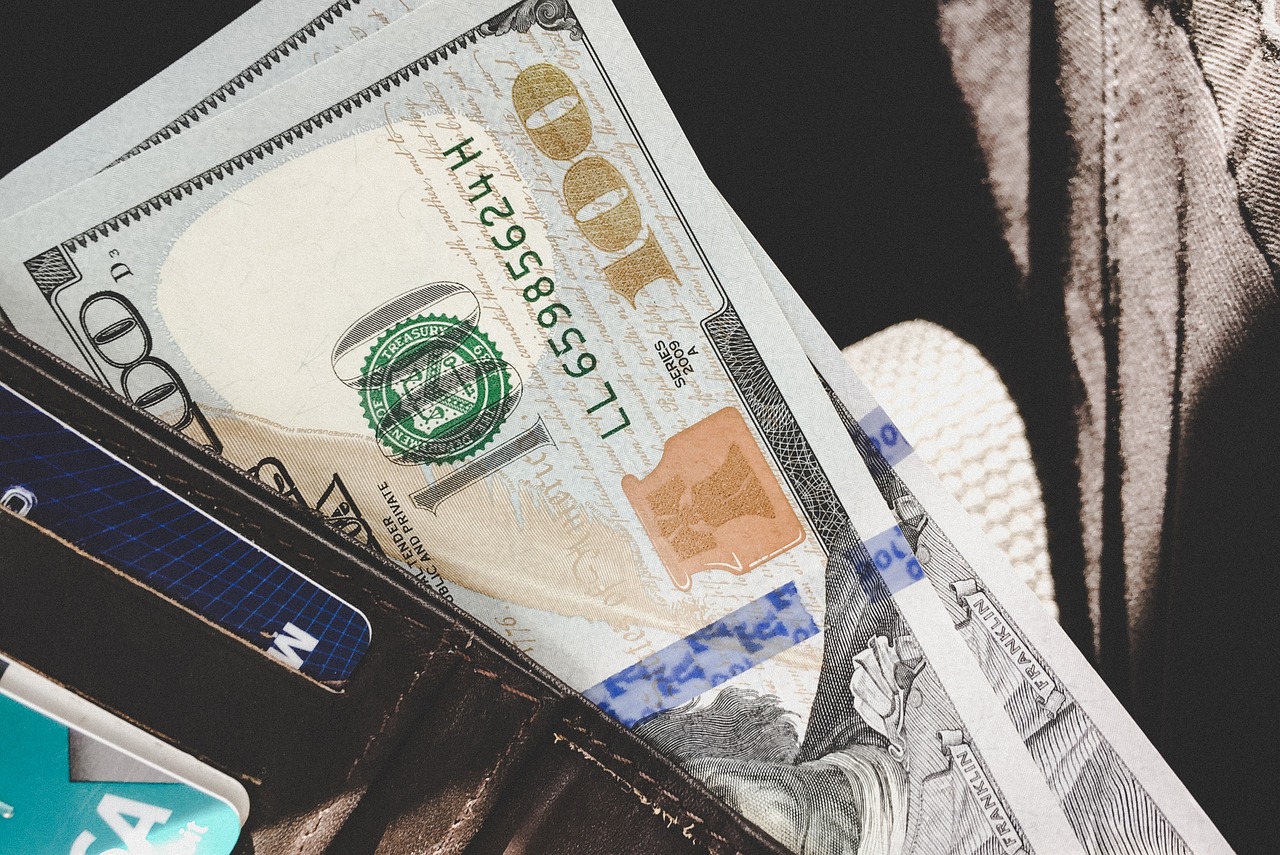
Benefits of Wallet Integration
Integrating digital wallets with various financial tools is not just a trend; it's a game changer in the way we manage our finances. Imagine a world where your budgeting app, payment processor, and investment platform work in harmony, all connected through your digital wallet. This seamless integration brings a plethora of benefits that can significantly enhance your financial experience. Let’s dive into some of the most compelling advantages that wallet integration offers.
First and foremost, improved user experience is at the forefront of wallet integration benefits. Users can enjoy a more intuitive interface that allows for quick access to their financial tools without the hassle of switching between different apps. This means fewer clicks and a more streamlined process when it comes to handling money. When everything is interconnected, it feels less like managing finances and more like a smooth ride on a well-paved road.
Moreover, wallet integration leads to increased transaction speed. In today’s fast-paced world, who has time to wait for transactions to process? With integrated wallets, payments can be made almost instantaneously. Whether you’re shopping online or paying a friend back for lunch, the speed of transactions can make a significant difference. This not only saves time but also enhances the overall satisfaction of the user.
Another crucial benefit is the enhanced security features that come with wallet integration. Financial security is a top concern for many users, and integrating wallets with financial tools can provide additional layers of protection. Features like two-factor authentication and encryption are often standard in integrated systems, ensuring that your sensitive information is safeguarded against potential threats. Knowing that your financial data is secure can provide peace of mind, allowing you to focus on managing your money rather than worrying about potential breaches.
Additionally, wallet integration allows for better financial insights. By connecting your wallet with budgeting apps, you can track your spending patterns more effectively. This real-time data can help you make informed decisions about your finances. For instance, if you notice that you're spending too much on dining out, you can adjust your budget accordingly. The ability to see all your transactions in one place can transform the way you approach your financial planning.
To summarize, the benefits of wallet integration can be encapsulated as follows:
- Improved User Experience: Seamless access to financial tools.
- Increased Transaction Speed: Faster payments and transactions.
- Enhanced Security Features: More protection for your financial data.
- Better Financial Insights: Real-time tracking and analysis of spending habits.
Ultimately, integrating wallets with financial tools not only simplifies transactions but also empowers users to take control of their finances in a more efficient and secure manner. As we continue to navigate the complexities of the digital economy, the importance of wallet integration will only grow, making it an essential component of modern financial management.
Q: What is wallet integration?
A: Wallet integration refers to the process of connecting a digital wallet with various financial tools, such as budgeting apps, payment processors, and investment platforms, to create a seamless financial experience.
Q: How does wallet integration improve security?
A: Wallet integration can enhance security through features like two-factor authentication and encryption, which protect sensitive financial data from unauthorized access.
Q: Can I use my wallet with multiple financial tools?
A: Yes, one of the key benefits of wallet integration is the ability to connect with multiple financial tools, allowing for streamlined transactions and better financial management.
Q: What are the challenges of wallet integration?
A: Some challenges include technical compatibility between different platforms, user privacy concerns, and the need for robust security measures to protect sensitive information.
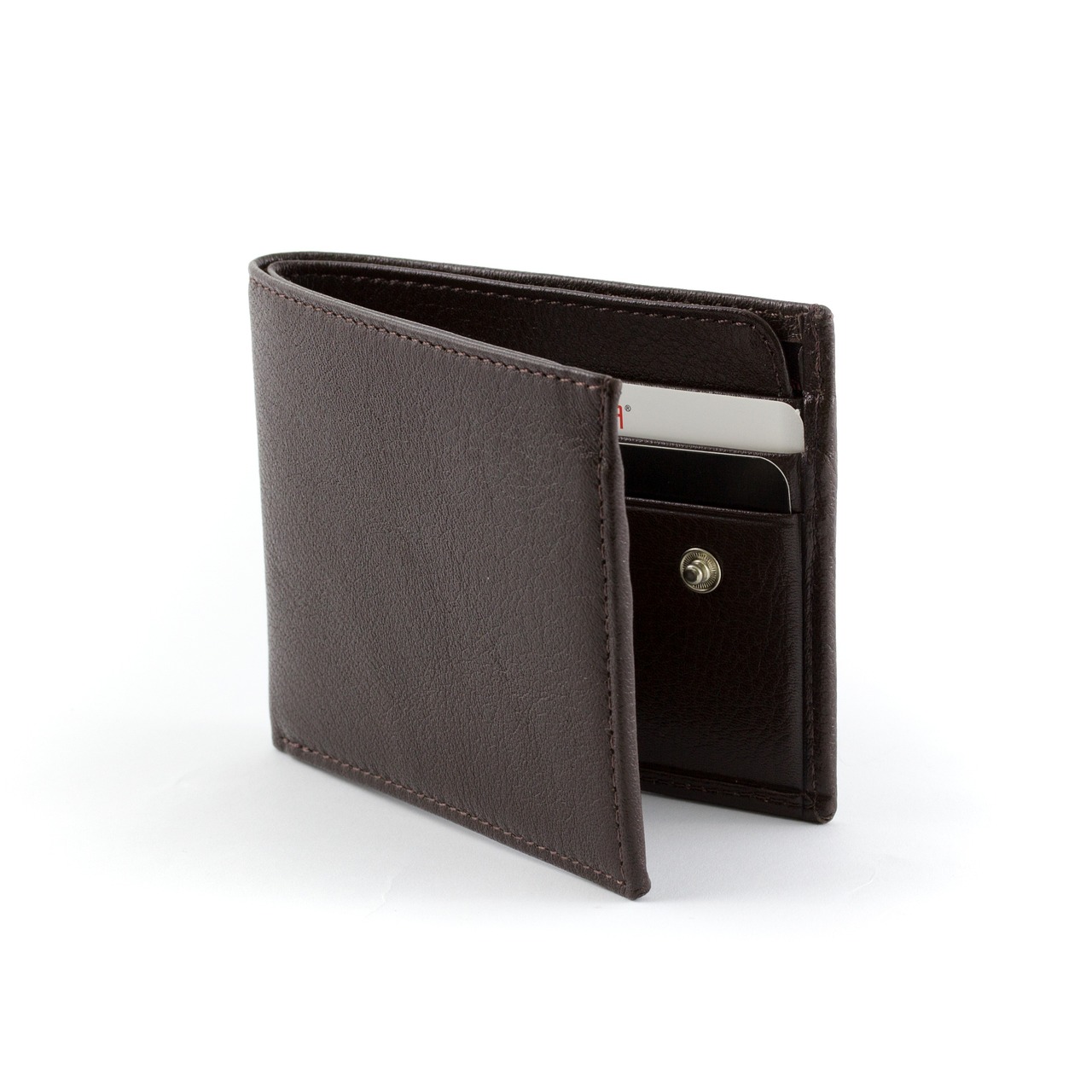
Enhanced Security Features
In an age where digital transactions dominate, the importance of security cannot be overstated. Users are increasingly concerned about the safety of their financial data, and wallet integration with financial tools brings enhanced security features that help alleviate these fears. One of the primary benefits of integrating wallets with various financial services is the implementation of advanced security measures designed to protect sensitive user information. These measures not only safeguard transactions but also build trust between users and service providers.
One of the key features often included in wallet integration is two-factor authentication (2FA). This process adds an extra layer of security by requiring users to verify their identity through a second method, typically a code sent to their mobile device. Imagine you’re trying to access your bank account. With 2FA, even if someone manages to guess your password, they won’t be able to access your account without that additional code. This simple yet effective method significantly reduces the risk of unauthorized access.
Another vital aspect of security is encryption. When users conduct transactions through integrated wallets, their data is encrypted, meaning it is transformed into a secure format that can’t be easily read by anyone who intercepts it. This is akin to sending a locked box through the mail; only the intended recipient possesses the key. With encryption, users can feel confident that their financial details are protected from prying eyes.
Moreover, many integrated wallets now offer fraud detection systems. These systems monitor transactions for unusual activity, alerting users to potential fraud in real-time. For instance, if a transaction occurs in a location that the user hasn’t visited recently, the system can trigger an alert, prompting the user to confirm whether the transaction was legitimate. This proactive approach to security not only helps in preventing fraud but also empowers users to take control of their financial safety.
In addition to these features, some wallets allow users to set custom security preferences, such as transaction limits or spending alerts. This level of personalization can enhance a user’s sense of control over their finances. For example, if a user sets a spending limit, they will receive an alert when they approach that limit, encouraging them to stay within their budget while also ensuring they are aware of any unexpected charges.
In summary, the integration of wallets with financial tools not only simplifies transactions but also fortifies them with robust security features. As users become more aware of the potential risks involved in digital finance, these enhanced security measures will play a crucial role in ensuring a safe and seamless user experience.
- What is wallet integration? Wallet integration refers to the process of connecting digital wallets with various financial tools and services to facilitate seamless transactions.
- How does two-factor authentication work? Two-factor authentication (2FA) requires users to provide two forms of identification before accessing their accounts, typically something they know (like a password) and something they have (like a mobile device).
- Why is encryption important? Encryption protects sensitive data by converting it into a secure format that is unreadable to unauthorized users, ensuring that financial transactions remain confidential.
- What can I do if I suspect fraud in my wallet? If you suspect fraud, immediately contact your wallet provider, review your recent transactions, and change your passwords to secure your account.

Streamlined User Experience
In today's fast-paced digital world, a is not just a luxury; it's a necessity. When it comes to wallet integration with financial tools, the goal is to create a seamless interaction that feels effortless to the user. Imagine walking into a store, grabbing what you need, and checking out without fumbling for your wallet or entering a pin. That's the kind of convenience we're talking about! By integrating digital wallets with various financial applications, users can enjoy a fluid experience that minimizes the hassle often associated with financial transactions.
One of the primary advantages of this integration is the reduction of friction during transactions. Users can easily navigate through payment processes without encountering unnecessary steps. For example, with integrated wallets, a user can:
- Make quick payments with just a tap or a click.
- Access transaction history without switching between different apps.
- Receive instant confirmations, giving them peace of mind.
This level of efficiency not only enhances user satisfaction but also encourages users to engage more frequently with their financial tools. When users feel that their financial management is effortless and intuitive, they are more likely to utilize these tools to their full potential, leading to better financial habits. Instead of viewing budgeting and spending as chores, they become a natural part of the user’s daily routine.
Moreover, a streamlined user experience contributes significantly to customer loyalty. When users have positive interactions with their wallets and financial tools, they are less likely to switch to competitors. This loyalty is crucial in a market that is saturated with alternatives. Companies that prioritize user experience often see increases in retention rates and customer satisfaction scores.
However, achieving this streamlined experience requires careful attention to detail. Developers must ensure that each component of the integration is functioning smoothly and that the user interface is designed for clarity and ease of use. This means conducting thorough user testing and gathering feedback to continuously improve the experience.
In conclusion, a streamlined user experience is fundamental to the success of wallet integration with financial tools. By focusing on ease of use, reducing friction, and enhancing customer satisfaction, businesses can foster a loyal user base that feels empowered to take control of their finances. Just like a well-oiled machine, when every part works together harmoniously, the end result is a smooth, efficient, and enjoyable experience for the user.
Q1: What is wallet integration?
A1: Wallet integration refers to the process of connecting digital wallets with various financial tools, such as budgeting apps and payment processors, to enhance user experience and streamline transactions.
Q2: How does wallet integration improve security?
A2: Wallet integration often includes advanced security features like two-factor authentication and encryption, which protect users' financial data and transactions from unauthorized access.
Q3: Can I integrate my existing wallet with new financial tools?
A3: Yes, many digital wallets offer the capability to integrate with a variety of financial tools, allowing users to enhance their financial management capabilities.
Q4: What challenges are associated with wallet integration?
A4: Challenges include technical compatibility between different platforms, user privacy concerns regarding data sharing, and the need for robust security measures.

Challenges in Wallet Integration
Despite the numerous advantages that wallet integration offers, it is not without its challenges. One of the most significant hurdles is technical compatibility. In a world where various financial tools and platforms are built on different technologies, ensuring that these systems can communicate effectively is crucial. Imagine trying to connect a puzzle with pieces that just don't fit; that’s what developers face when integrating wallets with other financial tools. This requires constant updates and maintenance to keep everything running smoothly.
Another challenge that often arises is user privacy concerns. As wallets are integrated with budgeting apps, payment processors, and investment platforms, users may feel uneasy about how their data is being handled. The thought of sharing financial information across multiple platforms can be daunting. Users may worry about unauthorized access or data breaches, leading to a reluctance to adopt these technologies. It's essential for companies to be transparent about their data practices and to implement robust security measures to build trust with their users.
Additionally, the need for robust security measures cannot be overstated. With the rise of cyber threats, integrating wallets with financial tools places sensitive information at risk. Companies must invest in advanced security protocols, such as encryption and two-factor authentication, to safeguard users' data. This not only protects users but also enhances the credibility of the financial tools involved. When users know their information is secure, they are more likely to embrace wallet integration.
In summary, while wallet integration presents exciting opportunities for enhancing financial management, it also comes with its own set of challenges. Addressing technical compatibility, user privacy concerns, and security measures is vital for creating a seamless and trustworthy user experience. As technology continues to evolve, so too must the strategies to overcome these obstacles.
- What is wallet integration? Wallet integration refers to the process of connecting digital wallets with various financial tools, such as budgeting apps and payment processors, to streamline financial transactions.
- Why is technical compatibility important? Technical compatibility ensures that different financial platforms can communicate effectively, allowing for seamless transactions and a better user experience.
- How can user privacy be protected? Companies can protect user privacy by implementing strong data protection policies, using encryption, and being transparent about data handling practices.
- What security measures are necessary for wallet integration? Necessary security measures include two-factor authentication, encryption, and regular security audits to protect sensitive financial data.
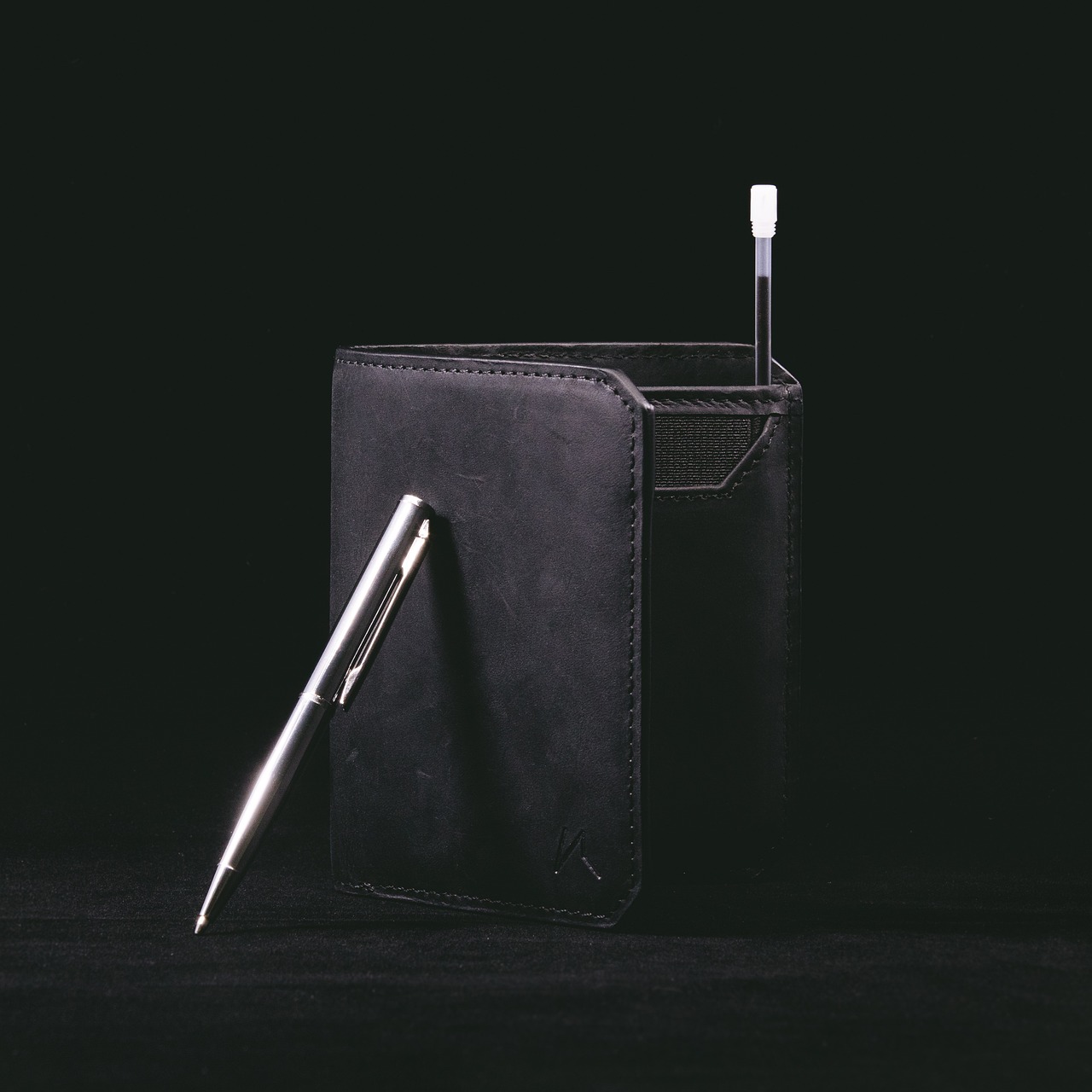
Technical Compatibility
When it comes to wallet integration, one of the most significant hurdles is ensuring among the various platforms and tools involved. Imagine trying to fit together pieces of a puzzle where each piece is from a different set. This is often the reality for developers and businesses aiming to create a seamless experience for users. The challenge lies in the diverse technologies and systems that digital wallets and financial tools utilize. For instance, a budgeting app might operate on a different programming language or framework than a payment processor, creating potential roadblocks in communication between the two.
To address these compatibility issues, developers often rely on Application Programming Interfaces (APIs). APIs serve as the bridges that allow different software applications to talk to each other. They define the methods and data formats that applications can use to communicate, making it easier to integrate wallets with various financial tools. However, even with APIs, developers must ensure that the integrations are not only functional but also efficient and secure. This requires ongoing collaboration and updates as technologies evolve.
Moreover, the rapid pace of technological advancement can lead to situations where an integration that worked perfectly yesterday may face compatibility issues today. As new features are added or existing platforms are updated, developers must continuously monitor and adapt their solutions to maintain functionality. This can be both time-consuming and costly, particularly for smaller businesses that may lack the resources for extensive technical support.
Another aspect of technical compatibility is the need for standardization. Without common standards in the financial technology sector, integrating wallets with various tools can become a daunting task. For example, different payment processors may have unique requirements for transaction formats, which can complicate the integration process. To mitigate such issues, industry stakeholders often advocate for the adoption of universal standards that can facilitate smoother integrations across the board.
In summary, while technical compatibility poses significant challenges in wallet integration, it is not insurmountable. By leveraging APIs, maintaining open lines of communication among developers, and pushing for industry-wide standardization, businesses can work towards creating a more integrated financial ecosystem. This ultimately enhances user experience and promotes greater financial management capabilities.
- What is wallet integration? Wallet integration refers to the process of connecting digital wallets with various financial tools to enable seamless transactions and improved financial management.
- Why is technical compatibility important? Technical compatibility ensures that different platforms can communicate effectively, allowing for smooth transactions and enhanced user experiences.
- How do APIs facilitate wallet integration? APIs act as intermediaries that define how different software applications interact, making it easier to integrate wallets with financial tools.
- What challenges do businesses face with wallet integration? Businesses may encounter issues such as technical compatibility, user privacy concerns, and the need for robust security measures.
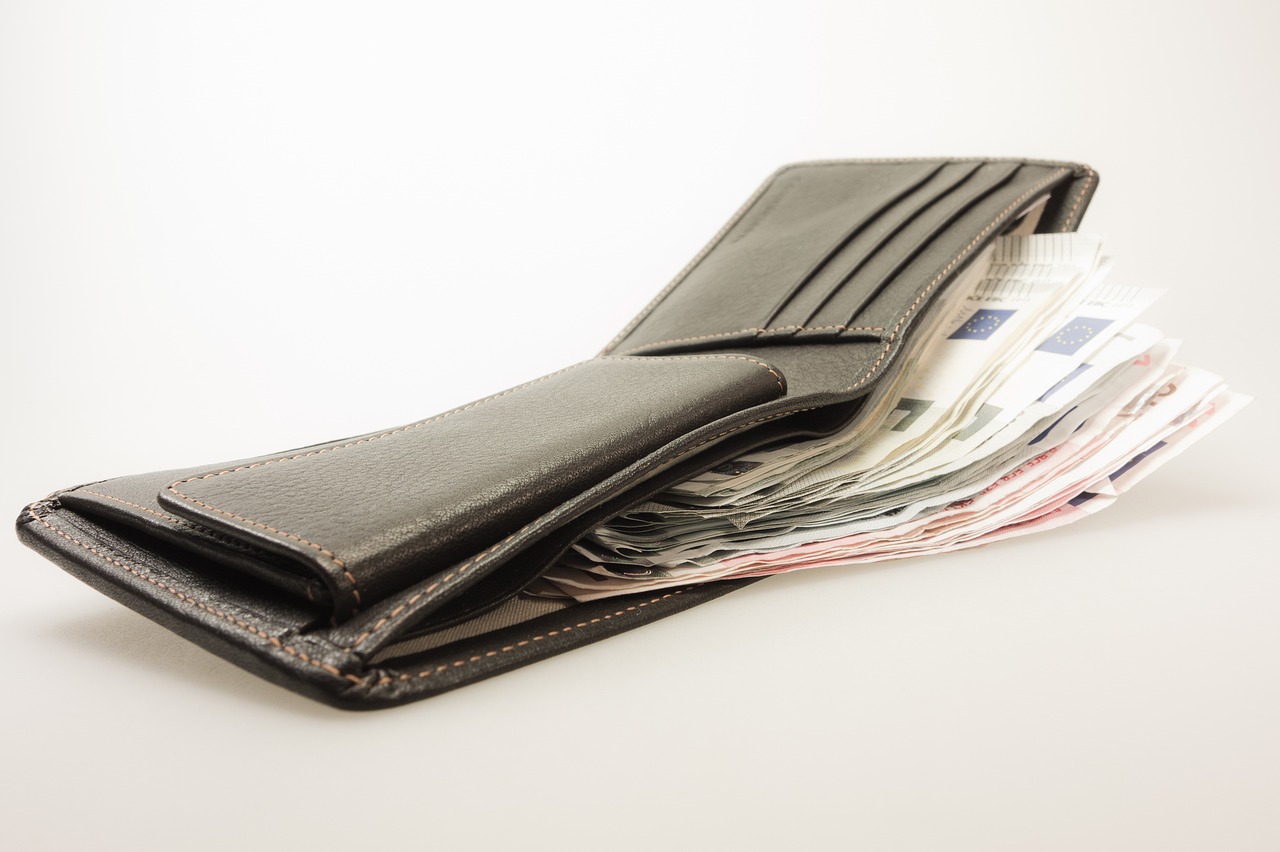
User Privacy Concerns
When we talk about wallet integration with various financial tools, one of the biggest elephants in the room is . In an age where data breaches and identity theft are rampant, it's only natural for users to feel uneasy about sharing their sensitive financial information. Imagine handing over your wallet to a stranger in a coffee shop; that's how it feels for many when they think about integrating their digital wallets with other platforms. The thought of unauthorized access to personal data can send shivers down anyone's spine!
First and foremost, let's consider what information is typically shared during wallet integration. Users often provide details like their transaction history, account balances, and even personal identification information. This data, if not properly secured, can be a goldmine for cybercriminals. Thus, it’s crucial that financial tools implementing wallet integrations prioritize data protection and transparency. Users should be fully informed about what data is being collected, how it will be used, and who will have access to it.
Moreover, the issue of data sharing becomes even more complicated when multiple third-party services are involved. Each additional service increases the risk of data leakage, potentially exposing users to vulnerabilities. Users often find themselves in a conundrum: they want the convenience of integrated services, but at what cost to their privacy? A study showed that over 70% of users hesitate to use integrated financial services due to privacy concerns. This statistic highlights the need for financial institutions and app developers to address these fears head-on.
To combat these concerns, many companies are now implementing advanced security measures. For instance, features like two-factor authentication and end-to-end encryption are becoming standard. These practices help to create a protective barrier around sensitive information, making it much harder for unauthorized users to gain access. However, even with these measures in place, users must remain vigilant. Regularly updating passwords and being cautious about sharing information online can significantly reduce the risk of falling victim to data breaches.
In conclusion, while wallet integration offers tremendous benefits, the privacy concerns associated with it cannot be ignored. Users must navigate this digital landscape carefully, weighing the convenience of integrated financial tools against the potential risks to their personal information. As technology continues to evolve, so too must the strategies for protecting user privacy. It’s a delicate balance, but one that is essential for fostering trust between users and financial service providers.
- What is wallet integration? Wallet integration refers to the process of connecting digital wallets with various financial tools, such as budgeting apps and payment processors, to streamline transactions and enhance user experience.
- How does wallet integration improve user experience? By allowing seamless transactions across multiple platforms, wallet integration simplifies financial management and enhances accessibility for users.
- Are my financial details safe with wallet integration? While wallet integration can pose privacy concerns, many financial tools implement robust security measures like encryption and two-factor authentication to protect user data.
- What should I do if I'm concerned about my privacy? If you're worried about privacy, ensure that the services you use are transparent about their data practices, and consider using features like two-factor authentication for added security.
Frequently Asked Questions
- What is wallet integration?
Wallet integration refers to the process of connecting digital wallets with various financial tools and platforms, allowing for seamless transactions and improved financial management. This integration enhances user convenience by enabling transactions across multiple platforms without the hassle of switching apps.
- What are the benefits of integrating wallets with budgeting apps?
Integrating wallets with budgeting apps provides real-time tracking of spending, helping users monitor their financial habits instantly. It also offers custom alerts for spending limits, which can significantly improve financial awareness and assist in better budgeting decisions.
- How does wallet integration improve transaction security?
Wallet integration enhances security by implementing additional measures like two-factor authentication and encryption. These features protect users' financial data and transactions from potential threats, making online transactions safer and more secure.
- What challenges are associated with wallet integration?
Challenges include technical compatibility between different platforms, which can hinder seamless integration. Additionally, user privacy concerns arise from the potential for data sharing and unauthorized access to personal information, making robust security measures essential.
- Can I integrate my wallet with multiple financial tools?
Yes! Most digital wallets support integration with various financial tools, including budgeting apps, payment processors, and investment platforms. This allows you to streamline your financial operations and manage your finances more effectively.
- How can I ensure my financial data is safe during wallet integration?
To ensure your financial data is safe, choose wallets and financial tools that prioritize security features such as encryption, two-factor authentication, and regular updates. Always review the privacy policies of the tools you integrate to understand how your data will be used and protected.





